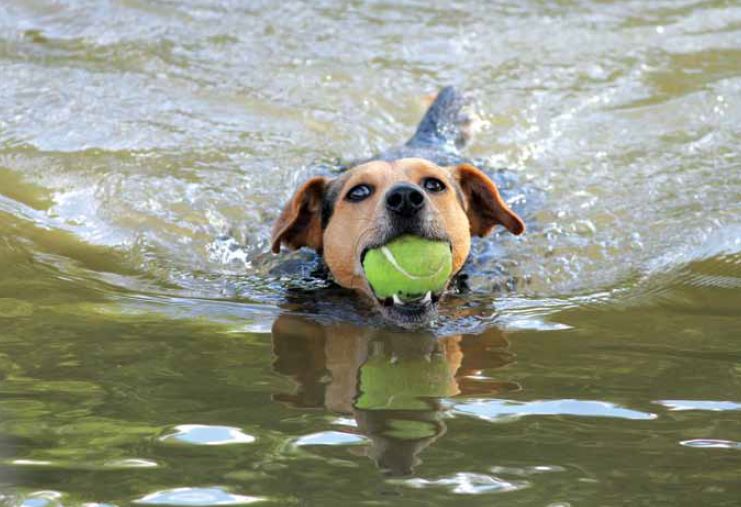
Team Buddy Life has a few suggestions that would help spice up the playtime with your dog!
Dogs love engaging in various games that keep them mentally and physically active. Here are some of their all-time favourite games, but with added twists of improvisations that are sure to renew and spice up your relation with your doggo. Read on.
1. Fetch: A classic game where you throw a ball or toy, and your dog retrieves it. Great for exercise and bonding.
Improvisations
Playing fetch with your dog is a classic game that’s both fun and a great way to exercise your pet. Add a twist to the traditional fetching game, here are some improvs:
Obstacle Fetch: Set up a mini obstacle course using cushions, chairs, or boxes and throw the toy in a way that your dog has to navigate the obstacles to retrieve it.
Hidden Fetch: Hide the toy somewhere accessible but out of plain sight, and encourage your dog to find and bring it back to you. This not only involves physical activity but also mental stimulation.
Water Fetch: If your dog loves water, try throwing the toy into a shallow pool or safe water body and let them dive in to fetch it. Always ensure your dog is comfortable and safe around water before trying this.
Fetch and Seek: Combine fetch with hide-and-seek by throwing the toy and then hiding yourself while your dog retrieves it. Your dog will get the joy of finding both the toy and you!
Treat Fetch: Attach a small pouch with treats to the toy. When your dog brings the toy back, open the pouch and give them a treat. This can be a great incentive for dogs who are less interested in the game itself.
Remember, the key to a successful game of fetch is to keep it fun and not to overwork your dog. Always supervise playtime and ensure the safety of the environment. Happy fetching!

2. Hide and Seek: Hide treats or toys around the house, and encourage your dog to find them. Stimulates their senses and provides mental stimulation.
Improvisations
Hide and seek is a fantastic game for dogs, providing both mental stimulation and physical exercise. Here are some innovative ways to play hide and seek with your pet dog:
Hide Yourself: Choose various hiding spots around your house, like under the bed, behind curtains, or inside a large box. Call out to your dog occasionally to keep them searching. It’s a fun way to engage their senses and encourage problem-solving.
Toy Hide and Seek: Use a special toy dedicated to the game and hide it in different places each time. This elevates the challenge and makes your dog use their powerful sense of smell to find the toy.
Treat Search: Hide treats around your house and encourage your dog to find them. Start with easy-to-find spots and gradually increase the difficulty as your dog gets better at the game.
Multi-Room Search: Hide in one room and have the toy in another. When your dog finds you, give them the cue to search for the toy. This adds an extra layer of excitement and exercise as they run between rooms.
Remember to keep the game positive and rewarding. If your dog struggles to find you or the toy, give them hints to ensure they stay engaged and enjoy the game. Happy playing!
3. Tug-of-War: Tug of war is a beloved game for many dogs, and it’s a great way to engage their natural instincts and provide exercise. Use a sturdy rope or toy for a friendly tug game. Make sure your dog knows when to release.
Improvisations
This timeless game is a pup’s playground, where a robust rope becomes the centrepiece of a spirited contest of strength. It’s essential for your furry athlete to know the ‘drop it’ cue to keep playtime both fun and safe. Here are some creative twists to the traditional tug of war game:
Command Performance Tug: Weave obedience commands into the heart of the action. Call a ‘freeze’, ask for a ‘sit’ or ‘down’, and once your four-legged friend nails it, dive back into the tugging triumph.
Mystery Tug: Stash the tug toy in a box with a teasingly small opening. Watch the excitement unfold as your dog puzzles out how to liberate their prize.
Tug by the Clock: Introduce a ticking countdown to the mix. Set a stopwatch for bite-sized bursts of tugging, and when the beep sounds, it’s a quick victory lap for the one holding the toy.
Train & Tug: Flip the tug toy into a token of achievement. Post-trick or command, let the tug game be the grand applause for your dog’s performance.
Seek & Tug: Blend the thrill of hide and seek with the tug-of-war by concealing the tug toy. Upon discovery, it’s a grand tug celebration.
Always keep a watchful eye during tug-of-war to ensure it remains a friendly match. Let your dog snag the occasional win to boost their morale. Here’s to a tail-wagging good time!















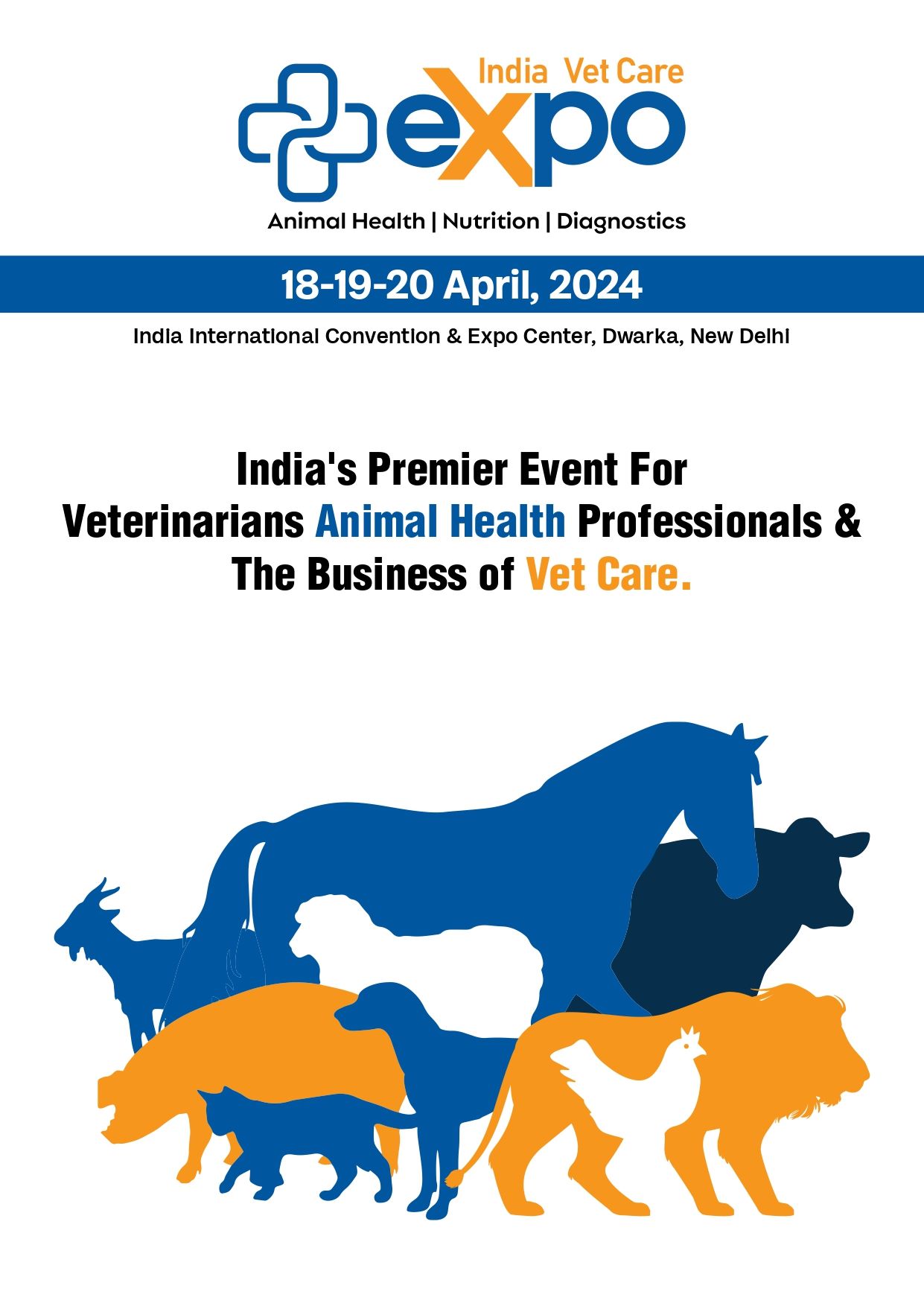
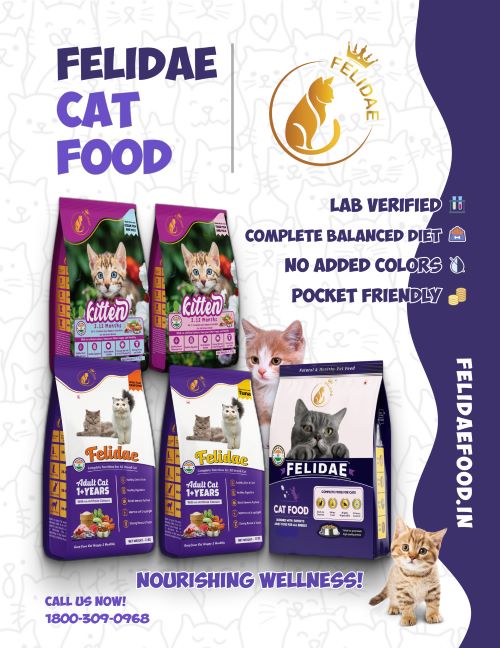
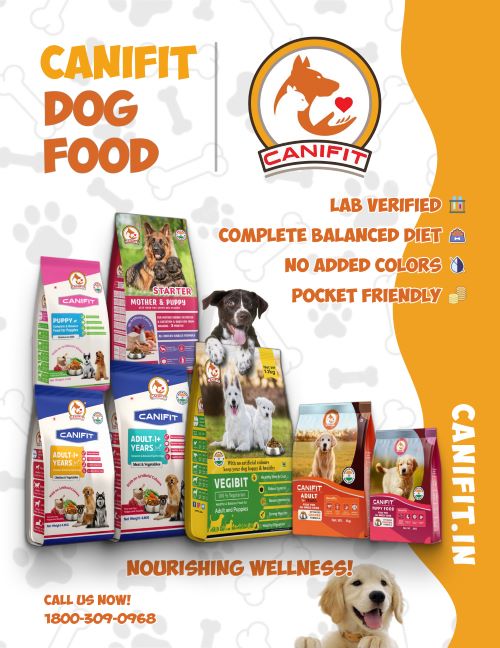
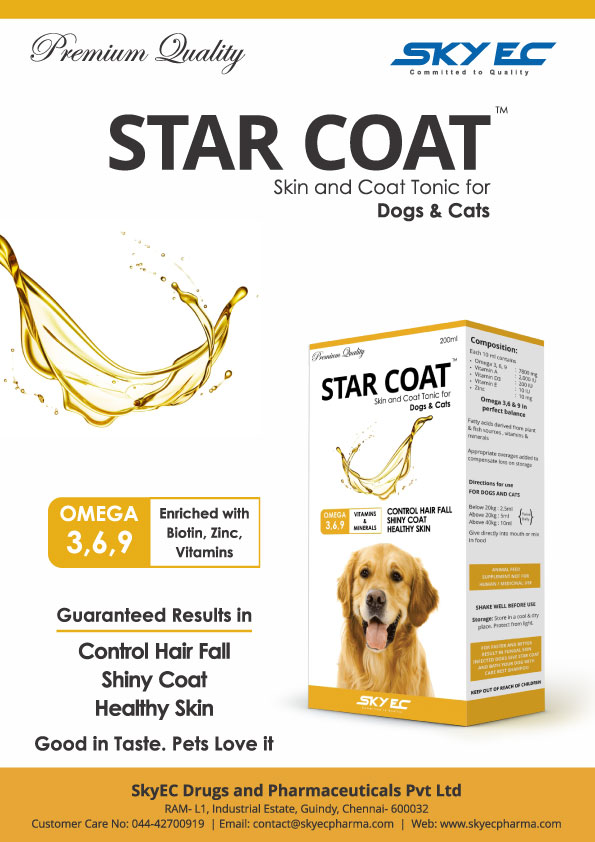
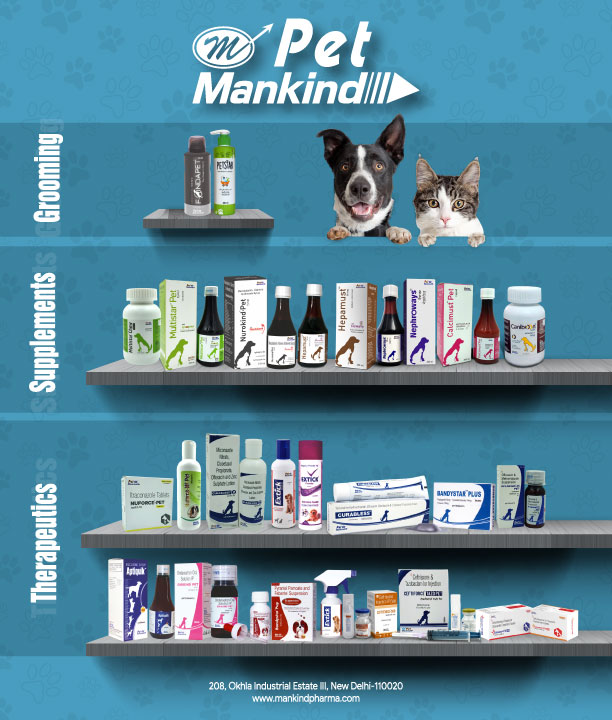
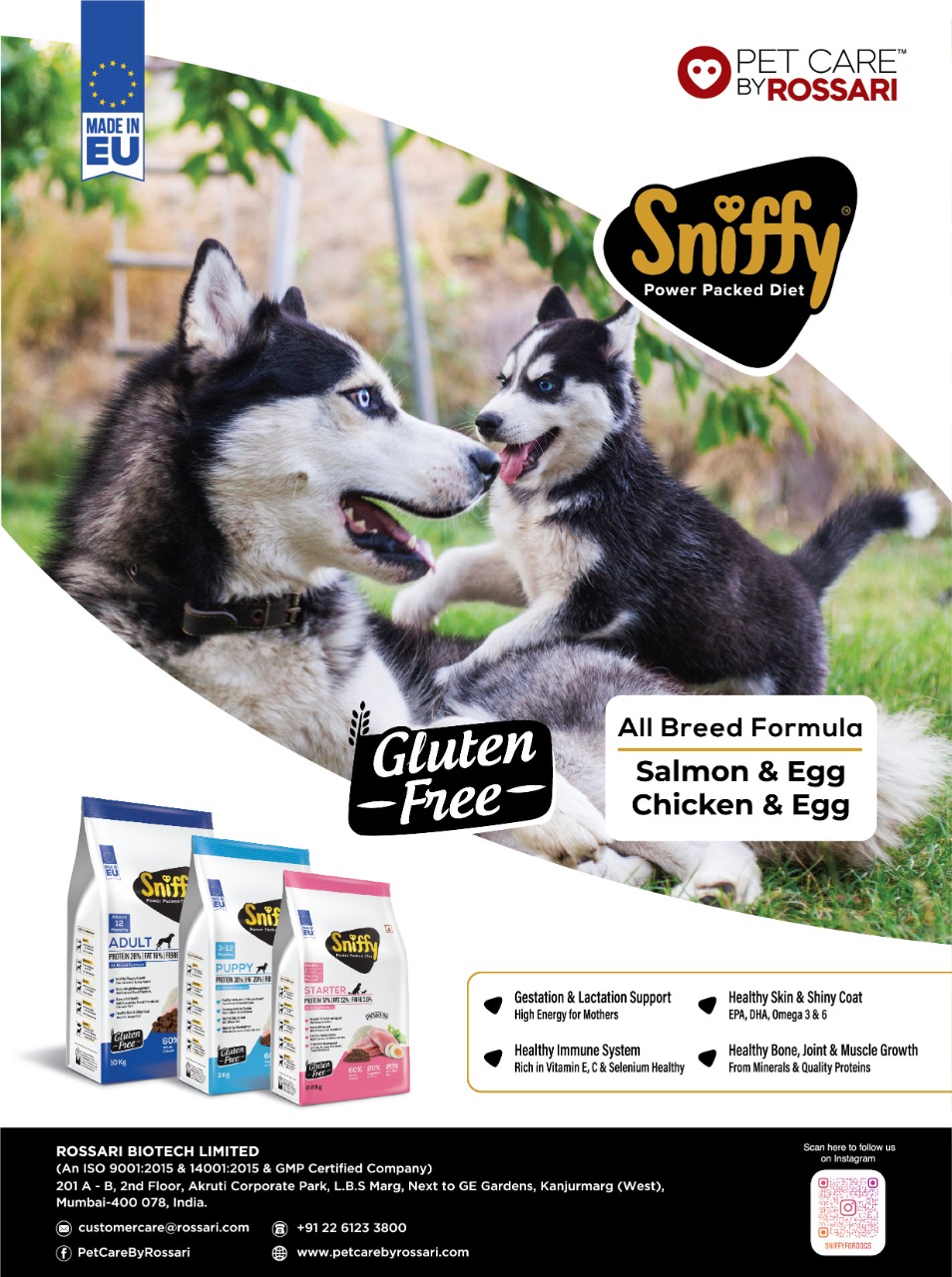

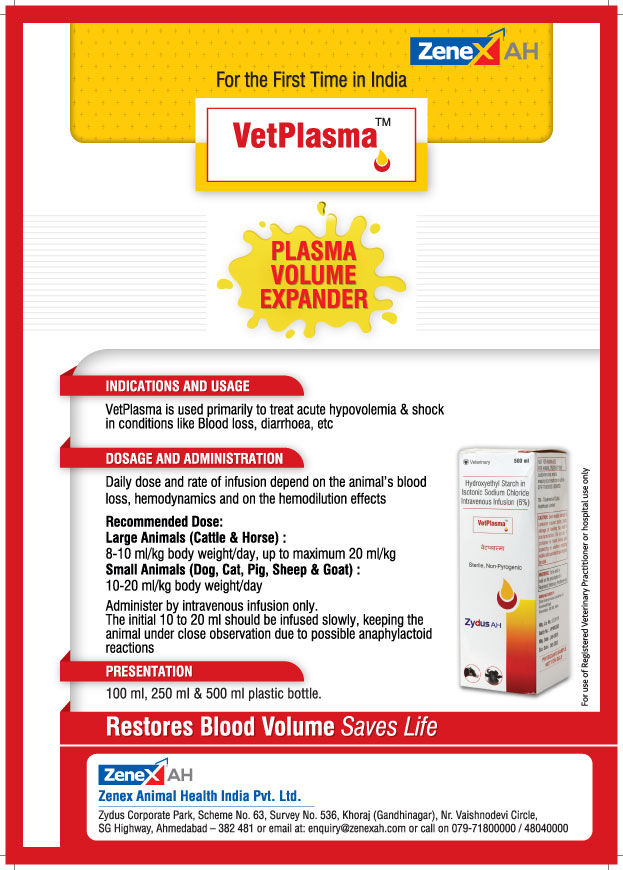

 " >
" >